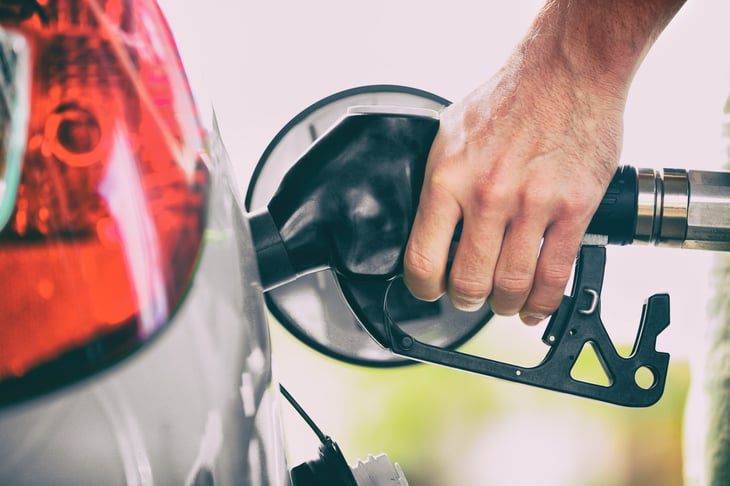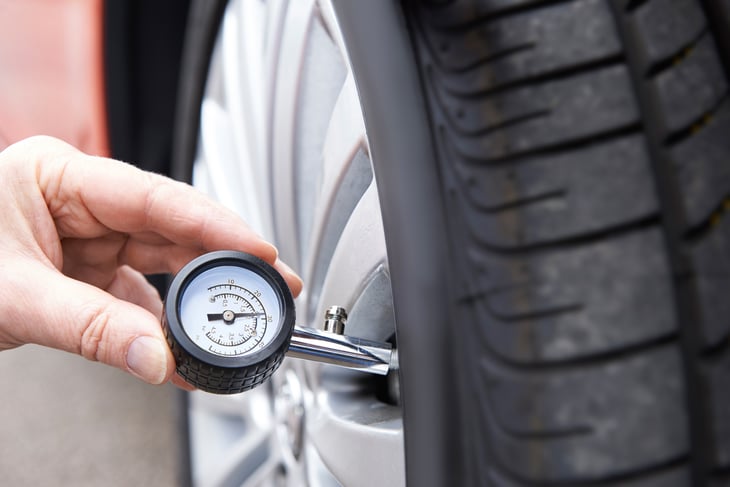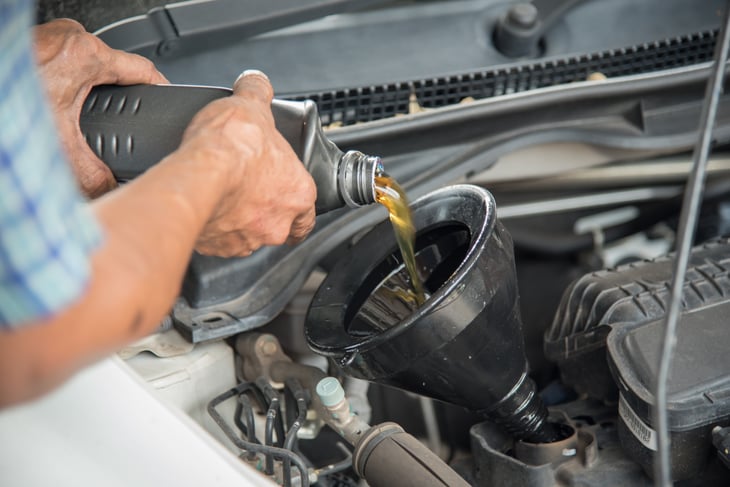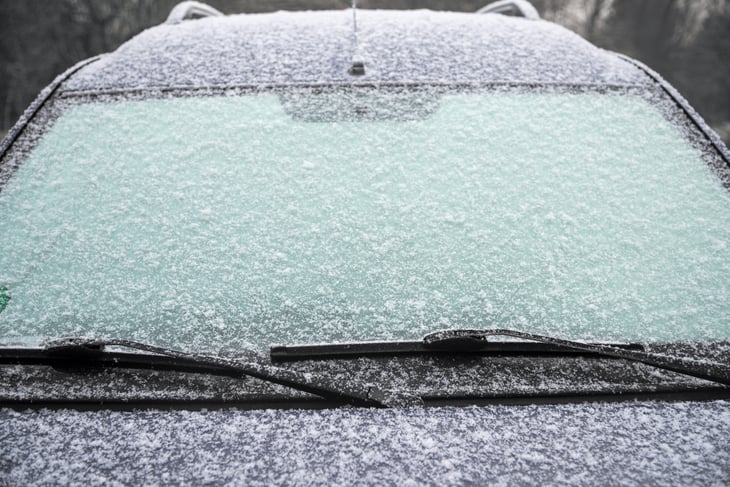
Editor's Note: This story originally appeared on The Penny Hoarder.
If cars had feelings, they’d probably be miserable in blustery winter weather.
Icy roads can make tires slip. Freezing temperatures can cause fluids to thicken, making it harder for your car to function properly.
Having your car break down on the side of the road is terrible, but it’s 10 times worse when the wind chill is below zero and there’s a foot of snow piled up.
Avoid vehicle malfunctions and pricy repair shop bills with these tips from the Car Care Council on how to winterize your car this winter.
And please, if your city, county or other jurisdiction has issued a travel advisory to stay off the roads, heed the warning and don’t venture out until conditions are safe again.
1. Keep Enough Gas in the Tank

It’s best to keep your tank at least ⅔ full if your vehicle is going to sit for any extended period of time and around half full if you use it daily.
A low tank increases the chance of moisture forming in gas lines and potentially freezing because the moist air condenses in the cold.
2. Check Your Tire Pressure

Cold temperatures cause tire pressure to drop around one pound per square inch (1 PSI) for every 10 degrees. Make sure you check your car’s tire pressure regularly (even the spare).
Consider using snow tires if snow and ice are an issue where you live.
3. Look Out for Leaks

Have the exhaust system checked for carbon monoxide leaks. Carbon monoxide is odorless, and breathing in too much can be lethal.
It’s especially important to be aware of leaks in the winter as you’re driving with the windows up all the time and may store your vehicle indoors.
4. Don’t Skip Your Warmup

When the temperatures fall below freezing, give your car some time to warm up. This will allow the oil in the engine and transmission to circulate and get warm.
5. Use Low-Viscosity Oil

Consider switching from 10W-30 oil to 5W-30 oil because thicker oil can make it hard to start your car in cold weather.
The low-viscosity oil (5W-30) will flow better between moving parts when the temperature is freezing.
6. Keep a Clear Windshield

Take the time to scrape any ice and snow off your windshield, and make sure your windshield wipers are in good working condition before hitting the road.
Consider using cold-weather washer fluid and a special winter windshield blade to keep your visibility clear during snow showers.





Add a Comment
Our Policy: We welcome relevant and respectful comments in order to foster healthy and informative discussions. All other comments may be removed. Comments with links are automatically held for moderation.